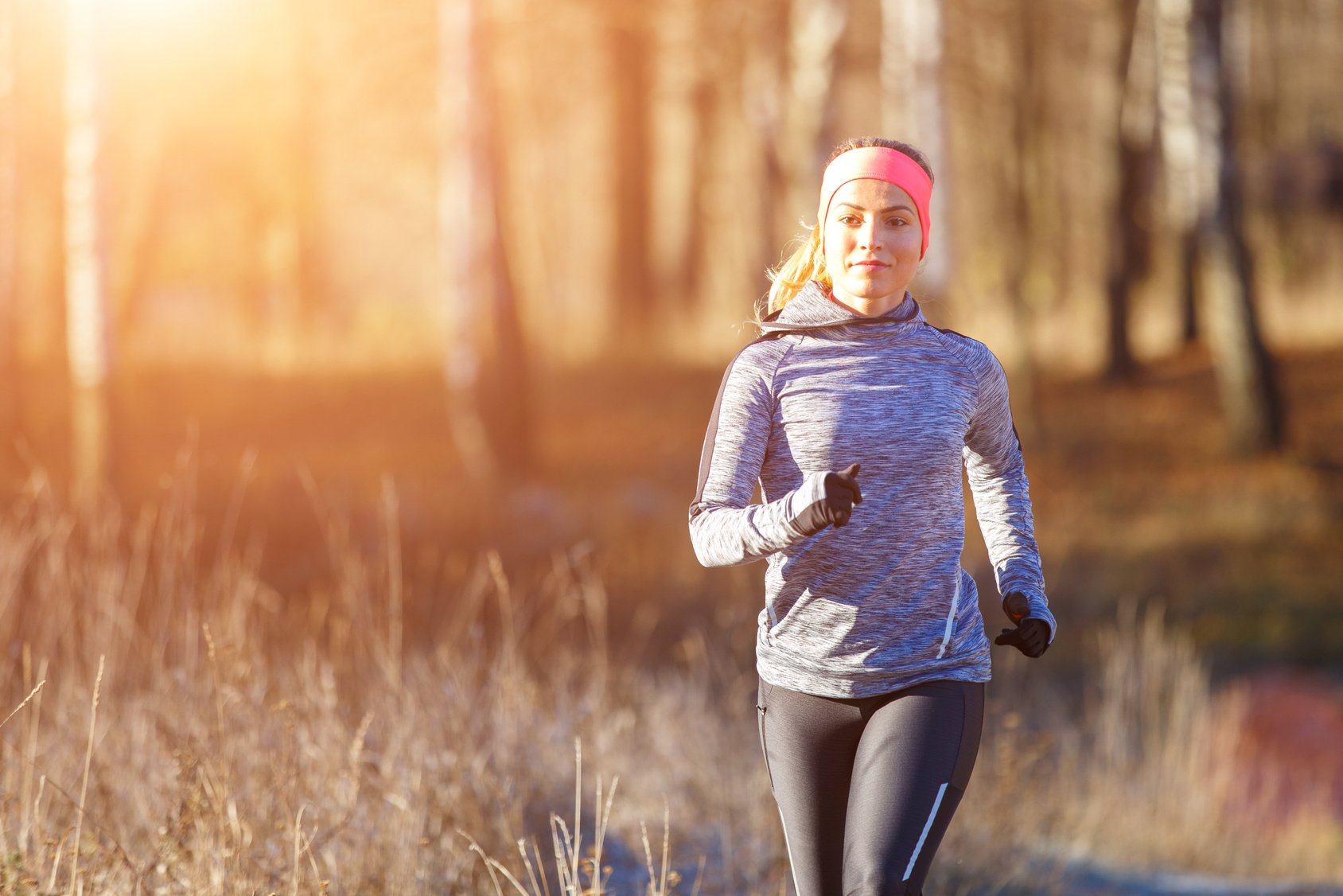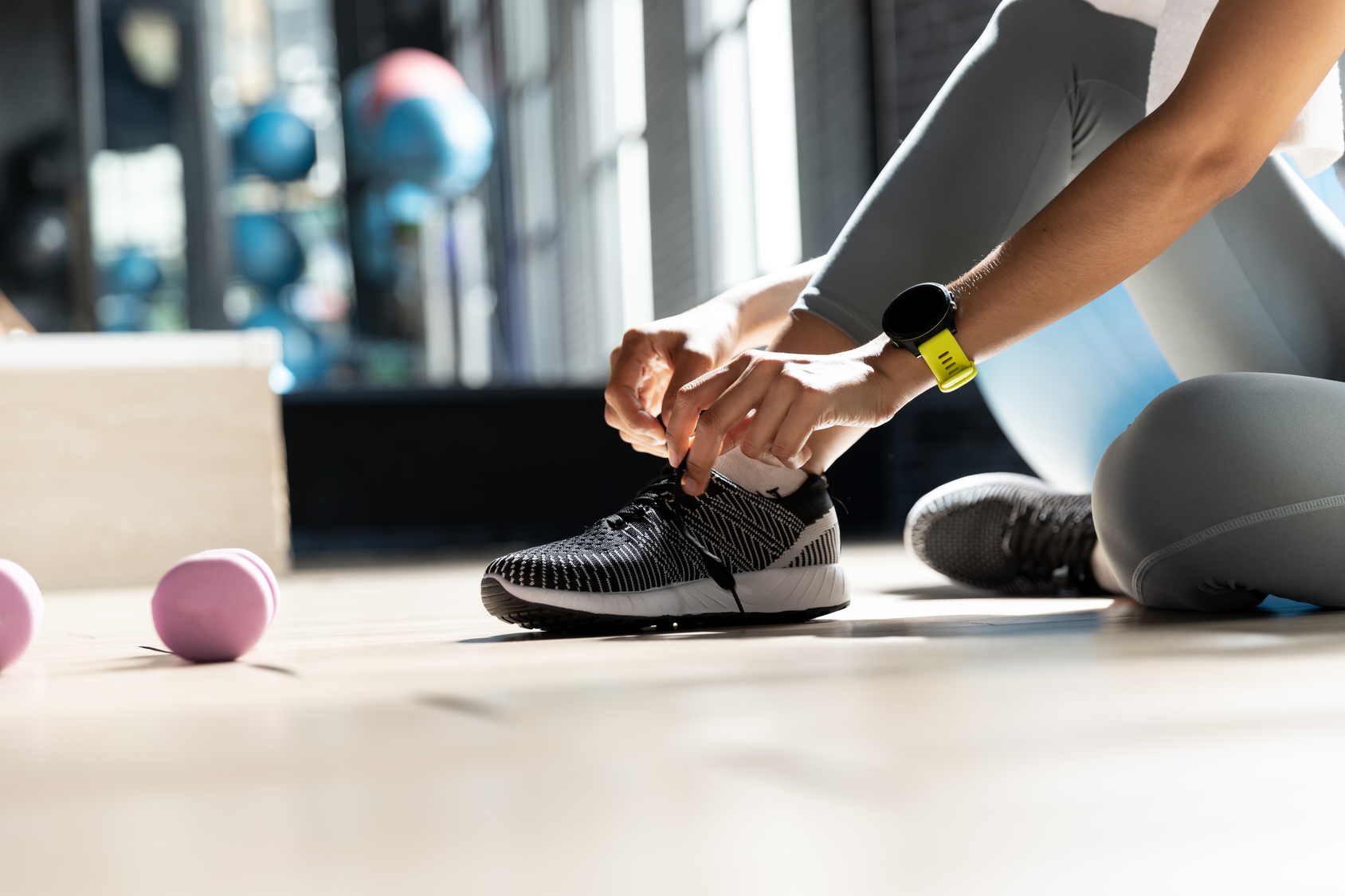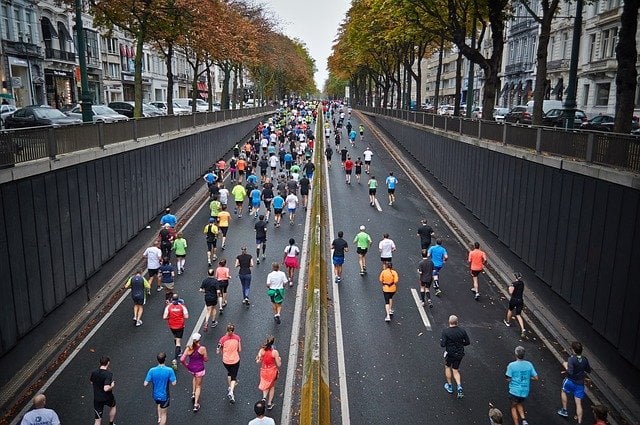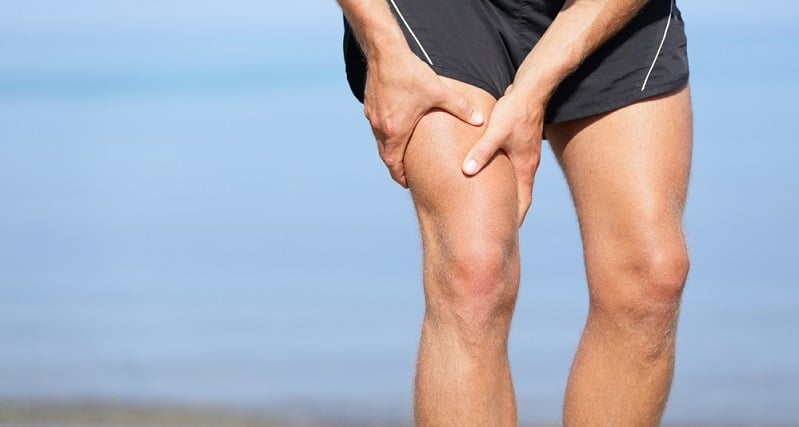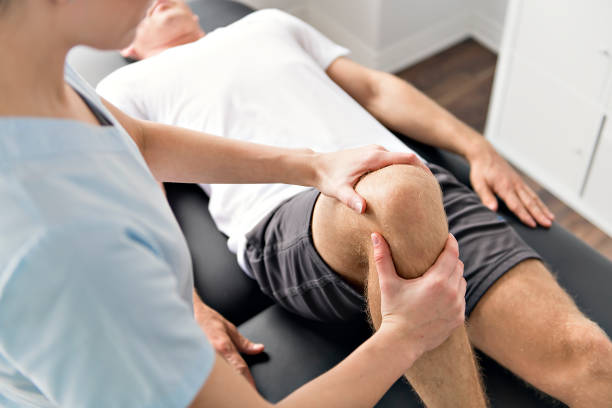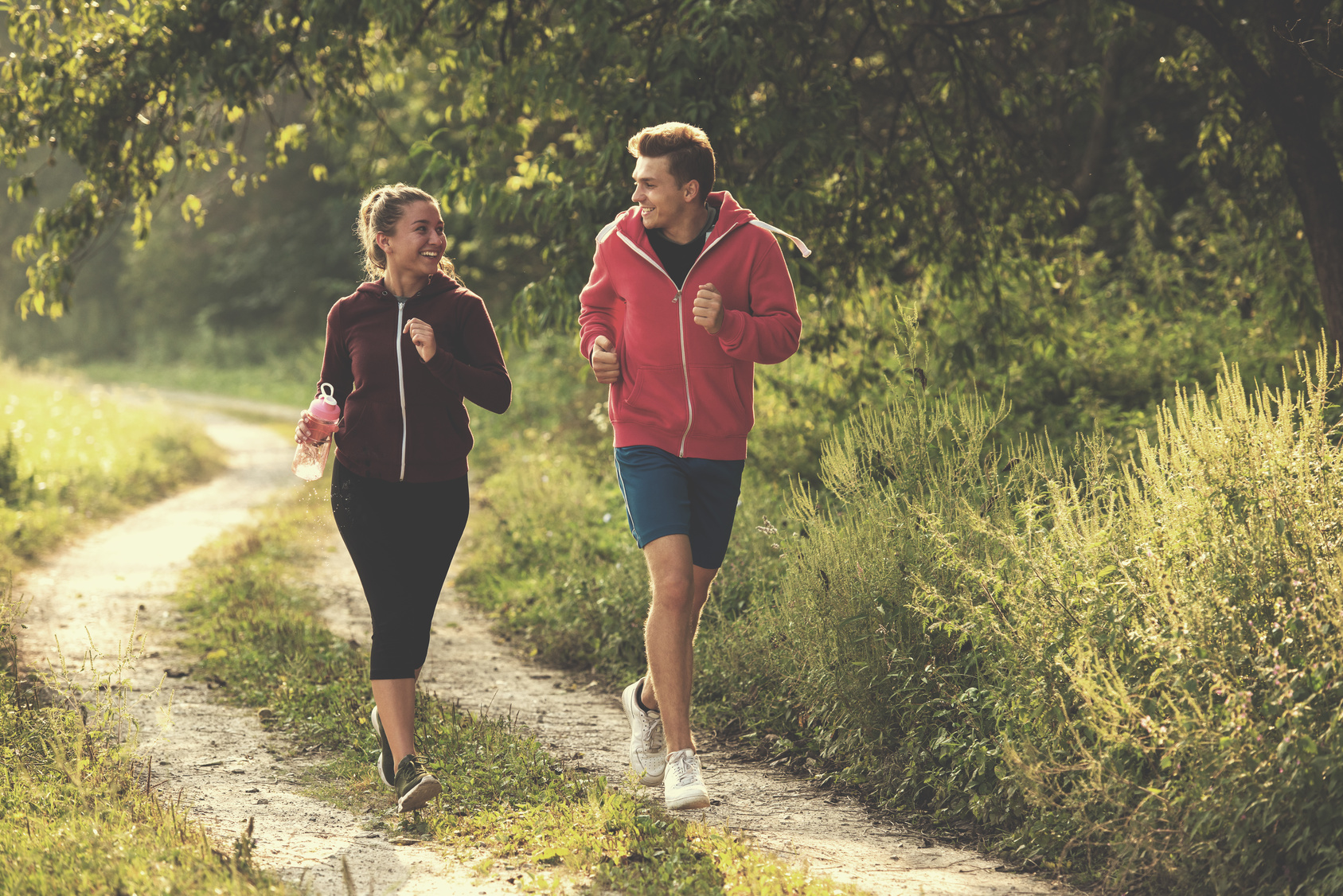If you don’t know how to make up your own trail running first aid kit, you have come to the right place.
Hitting the trails is a fantastic way to explore nature and connect with the world.
But it’s not a safe walk in the park.
Although trail running isn’t the most extreme outdoor sport, it’s key to know the risks and how to take care of yourself when things take the wrong turn.
To err on the side of caution, have your own trail running first aid kit every time you’re out there, so you’re ready for anything. You don’t know what’s going to happen next.
Expect the best but prepare for the worst and all that.
This article will give you an overview of the most important items that should be added and included in your trail running first aid kit. Keep in mind that these are just suggestions. The way to put together your own kit should be based on your needs, preferences, training terrains, and medical health. The rest is just gravy.
Trail Running First Aid Kit – The Essentials
A trail running first aid is an integral part of any runner’s gear who loves to spend time on trails and outdoors.
The kit is there to help deal with and manage emergencies and injuries that may strike while trail running. It should include everything so you can be prepared for anything.
Some of the items that should be included in this type of kit include:
- Bandages and gauze
- Tweezers
- Athletic tape
- Rescue whistle
- GPS Tracking Device
- Sunscreen
- Bug spray
- Band-aids
- flashlight
- Zofran for nausea when running
- Moleskin for managing blisters.
- Band-Aid
- Sanitizer or alcohol wipes
- Steri-Strip, two sizes for wound closures.
- Fire: waterproof matches
- Tobasco
- Biopatch, which is anti-microbial.
- Tourniquet
- Benadryl for allergy reactions
- Tape: Coban, waterproof tape
Don’t get me wrong. This is by no means an exhaustive list, but, at the very least, it should get you started on the right foot.
At a minimum, you should carry:
- Band-aids
- Sterile wipes
- GPS Tracking Device
- Moleskin
- Athletic tape
- Antiseptic
- Rescue whistle
Now let me explain why these tools are so important when you’re outdoors for a long time.
Additional Resource – Running while constipated.
Anti-bacterial Bandage
You’ll need these if (when) you fall.
Athletic tape
One of the most common injuries among trail runners is ankle sprains.
Once you sprain your ankle, you’ll need something to support the injured limb on your way back home.
That’s why having an athletic tape with you in case your roll your ankle can help.
You can roll-tape your ankle in many ways.
Check the following YouTube tutorials on how to do it right.
Rescue Whistle
Although most running/hydrations packs may feature a built-in whistle in the chest strap, you should consider getting a much louder whistle. No one cannot mistake the source of whist as a sign of distress.
Rescue whistles are a key safety tool every trail runner should have. This makes it easier for others to find you in case things turn bad.
Additional Resource – Here’s how to protect yourself from dogs
GPS Tracking Device
This may not be reliable deep in the woods where the network is scarce, but having a GPS tracking device can help keep track of your position and ensure that you’re relatively safer while logging the miles.
Additional Resource – Here’s the full guide to running watches
Map
No network? No problem, as you can always go to the old school by carrying a map with you.
Unless you know the area you’re running like the back of your hand, you should carry a map, or at the very least, have an offline map of the area on your phone.
You’ll want to know how to get out of there fast in case you get injured or have an emergency.
Additional resource – Running with a labral tear
Mobile Phone
It goes without saying, but in case things make a turn to the worst, you’ll be at least prepared to phone for help.
Bear Spray
Running in an area with bears? Then you should have a bear spray on hand. You never know.
The spray can also protect you from aggressive anime and keep you safe while in the wilderness.
Headlamp
Running early in the morning or late in the evening? Then you’ll want to know where you are putting your feet, especially on technical terrains.
That headlamp is a key piece of gear for any serious trail runner, especially if you plan to spend any time out there in the dark. A headlamp attaches to your head (or helmet) which frees up your hands while running or hiking.
Additional resource – How to choose trail running gaiters
Moleskin
These work well for managing blisters and preventing them from getting worse.
Although blisters are by no means a serious injury, suffering one on the trails can make your running experience less than ideal. It sucks when every step you take is painful.
Blisters suck, especially when you’re stuck in the middle of nowhere. So please take the right measures to prevent and treat them.
Additional Resource – Here’s the full guide to feeling bloated after running
Stomach Problems
If you’re prone to diarrhea or GI issues, you should include smooth glide Stomach Relief in your trail emergency kit.
Additional Resource – Here’s the full guide lower abdominal pain while running.
Allergic med
Have some allergies? Then remember to take any necessary medication to manage your condition.
Current Medication
Already have a medical condition and/or injury that requires medication?
That’s another thing to include in your trail first aid kit. It’s different for everyone—you know what you need. Leave nothing for chance.
Be Careful
Whether tackling technical terrains or running a loop around your neighborhood, the best way to stay safe is to pay attention to your surroundings and what’s happening around you.
If a route, place, person, or whatever gives you the hilly bellies, trust your gut and run in the other direction.
Additional resource – Here’s your guide to pain on top of the foot while running.
Trail Running First Aid Kit – The Conclusion
Don’t get me wrong. The list I’ve provided above is by no means the most exhaustive list of all things you could carry on a trail run. However, stuffing your trail pack may seem excessive for a relatively short run.
So use some common sense.

